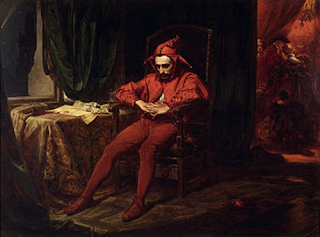***
For those who work in digital media--writers, photographers, video producters, musicians, voice actors, artists, animators, musicians, and any combination of these--this is a survey of options available for digital
self-publishing. TopTenReviews offers extensive information about the
Best Online Book Publishing Companies. Possibly most useful about this TopTenReviews page is the breakdown of factors involved in self-publishing.
But self-publishing isn't limited to books; there are graphic novels, photographic anthologies, videos, music, and games to consider. Since games require extensive user interaction, they're a topic for another day.
Several online portals offer exciting opportunities. Amazon's
CreateSpace (free to signup) can be used to publish books, music, and films.
KDP, Amazon's Kindle portal, has categories for book genres, comics, and graphic novels. Selling on Amazon is featured.
Lulu offers full services, including assigning an
ISBN number free, Print on Demand (POD), reviewing and marketing. Careful with the ISBN number, though. Unless you specifically buy it yourself, Lulu owns it. Here's
Lulu's FAQ on the topic.
With
Draft2Digital you self through the website. Formatting and distribution are free; Draft2Digital takes 10% of the retail price when you sell. It looks like their primary focus is books with manuscripts submitted in .doc, .docx, and .rtf formats. Since Draft2Digital takes care of the distribution, they will format your document to fit the buyer/seller's requirements.
File formats are where things get sticky. Each bookseller has different file format requirements. Best to check each and print out their requirements pages.
Google Play Books Partner Center is where you can get started for selling through Google. According to Wikipedia,
... As of now, Google accepts EPUB versions 2.0.1 and 3.0. Both text and image-based PDFs are accepted when the EPUB format is not available, with the preference being for PDFs with a text layer.
For reading on e-readers or third-party apps, ebooks can be downloaded in the EPUB ("flowing text") or PDF ("scanned pages") formats. The advantage of EPUB has over PDF is that it allows the book's text to adjust or 'reflow' automatically to different screen sizes. Books of which only a PDF version is available can be difficult to read on smaller screens.
Kindle file formats are proprietary, so it's best to sell through
KDP. File formats accepted are listed on the
types of formats page.
Publishing to Apple and selling on the iBooks store requires an iTunes account. Here's a
FAQ for Authors & Book Publishers.
My experience with reading and viewing purchased media (and I'll admit my experience is limited) is that there's a big difference between owning the actual device and using a reader app. Pick you market carefully and test your product once it's available. A panel in a graphic novel that's rendered too small to be readable and with no option for enlarging it simply doesn't work.
-- Marge





































